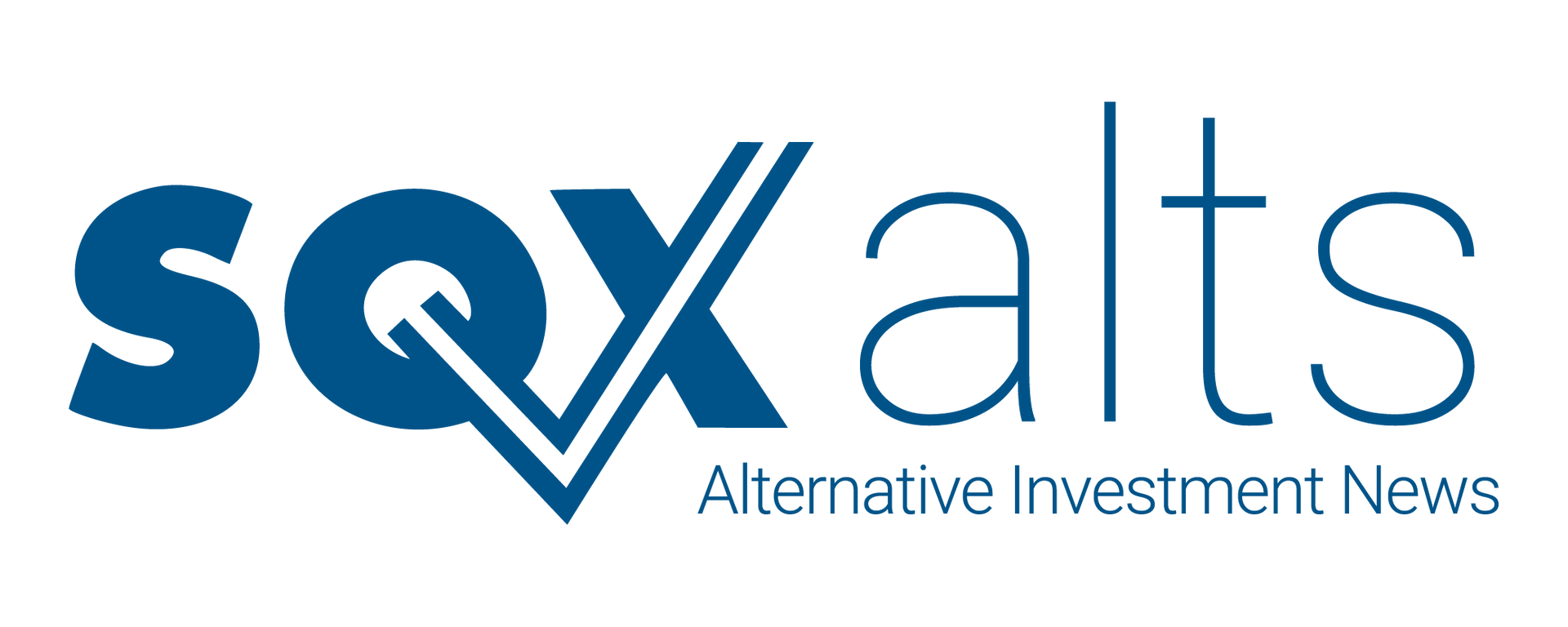Invesco REIT Grows Portfolio
New initiatives, including a DST program and follow-on public offering, signal strategic diversification and resilience.
March 25, 2025

A Portfolio Built for Cash Flow
As of December 31, INREIT held ownership interests in 58 U.S. properties across sectors including industrial, multifamily, healthcare, self-storage, student housing, grocery-anchored retail, and office. The company also added three private real estate debt positions and a $56.5 million pool of liquid real estate securities. Combined, these assets reflect a strategy built on income and diversification.
Rather than targeting specific sectors or regions, INREIT looks for opportunities that align with its objectives. The firm is open to investing in stabilized assets, as well as properties that need capital improvements to reach full potential. Real estate debt, preferred equity, and affiliated funds are part of the mix too—giving INREIT more ways to deploy capital and generate returns.
Raising Capital on Multiple Fronts
2024 marked a shift in fundraising. Following the close of its initial $3.0 billion public offering, INREIT launched a follow-on offering of the same size in November. The structure includes five share classes tailored to different types of investors, with pricing based on monthly net asset value (NAV). As of year-end, the company had raised $217.2 million through this channel.
At the same time, INREIT continued to attract capital privately. Through its Class N and Class E offerings, it raised $588.6 million in 2024. These shares target institutional and high-net-worth investors, adding another layer to the firm’s capital stack.
DST Program Adds a New Dimension
INREIT also rolled out a DST (Delaware Statutory Trust) program, giving the firm a new way to raise capital while maintaining operational control over select properties. The idea is straightforward: sell interests in a trust holding a property to accredited investors, lease the property back, and retain the option to reacquire it later at fair market value.
The DST structure appeals to investors seeking 1031 exchange opportunities. For INREIT, it opens up a new path to grow the platform. The company raised $46.5 million through this program in its first year, and plans to use proceeds for reinvestment, debt reduction, or share repurchases.
Managing Liquidity and Risk
INREIT aims to keep its leverage between 50% and 60%, but that number can shift. Capital inflows, asset values, and share repurchase activity all influence the firm’s actual leverage ratio at any given time. The company uses a mix of secured and unsecured financing, including a revolving credit line, to manage cash needs.
Distributions are paid monthly, and while the company primarily uses cash flow from operations, it may also draw on other sources—such as debt or proceeds from property sales—to meet distribution targets. In some cases, management fees or performance interests may be paid in equity instead of cash, helping preserve liquidity.
The firm’s share repurchase plan provides investors with a path to exit, but it comes with limitations:
- Repurchases are subject to monthly and quarterly caps
- There’s no guarantee all requests will be fulfilled in full
- INREIT may reduce or suspend the program at any time
Technology, Security, and Operations
The company depends on technology to manage day-to-day operations, from NAV calculations to portfolio oversight. That reliance brings risk. INREIT flags cybersecurity and data privacy as key areas of focus, especially with rising threats and increased use of AI tools across the industry.
To address these risks, the firm relies on systems provided by its advisor, Invesco Advisers, Inc.—a subsidiary of global asset manager Invesco Ltd. But these systems are only as strong as the controls behind them, and operational failures or cyber incidents could impact service delivery.
Built for Scale, Focused on Income
INREIT operates as a REIT and intends to maintain that status by distributing at least 90% of taxable income each year. It also structures its investments to avoid falling under the Investment Company Act, allowing it to keep a direct hold on real estate assets.
The firm’s strategy is designed to adapt. Whether through affiliated funds, debt positions, or real estate securities, INREIT is positioning itself to access multiple parts of the real estate capital stack. Its property holdings are diverse, its fundraising model is multi-channel, and its new programs—like the DST offering—give it more flexibility to deploy capital or return it to shareholders.
Looking ahead, the firm will continue to manage against external headwinds: inflation, interest rate volatility, and competition in both the public and private real estate markets. The success of INREIT’s approach will hinge on execution—acquiring the right assets, managing risk, and maintaining consistent distributions even when conditions shift. For now, the groundwork has been laid.



